Bal-byter or Yellow-haired Sugar Ant Camponotus fulvopilosus
Superfamily: Vespoidea. Family: Formicidae. Subfamily: Formicinae. Tribe: Camponotini
The Afrikaans word, Bal-byter, is a rather crude yet humorous moniker that refers to its notorious reputation for inflicting a rather painful bite to one’s nether regions, when inadvertently trapped in this sensitive spot!
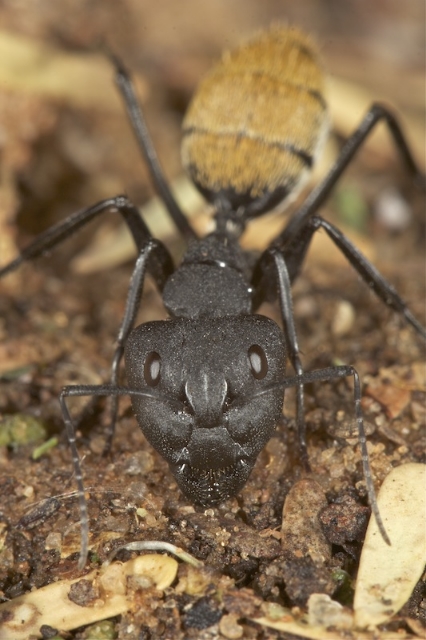
© ExFmem
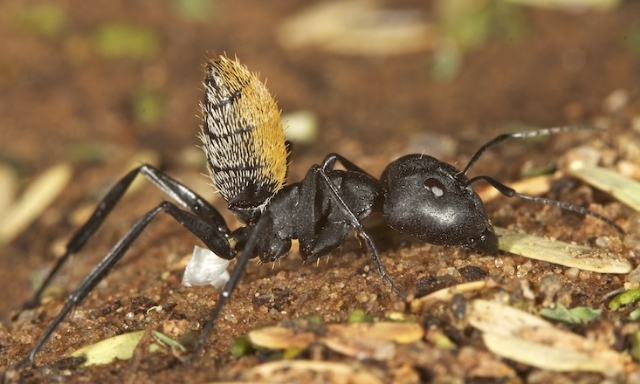
© ExFmem
Kgalagadi Transfrontier Park
Description
Very large, workers range from 10-18 mm and the queen between 17- 20 mm (minor workers about 12 mm, majors large up to 20 mm, few intermediates). They are black all over, while the gaster (or bulbous posterior section) is covered in dense yellow hair – nature’s warning of what to expect from this end of the ant. Workers have a more slender head and thorax, while major workers and soldiers have much enlarged heads.
They forage by day and are quick.
Distribution
Afrotropical Region: Botswana, Lesotho, Namibia, South Africa
Habitat
Arid savanna and woodland with sandy soil. Often on melbas.
Biology
A member of the subfamily Formicinae, they have reduced stings and enlarged venom reservoirs, with the venom gland specialized for the production of formic acid. The ants therefore don’t sting, but rather shoot formic acid at attackers by tucking in the abdomen under the thorax. The smell of the formic acid is offensive to humans, but will cause blindness in other insects and act as a powerful repellent to larger animals. They possess surprisingly powerful mandibles which can inflict a painful pinch if they sink them into you.
They don’t run in small trails like most other ants or form big armies, but instead they move about in stealth looking for termites and other insects to take back to the nest in their massive jaws. Nests are not very big and usually found at the bases of dead trees, bushes or under rocks. Colonies are small, with one queen in each nest.
Workers visit mealy bugs on bushes for honeydew.
Links:
The Ants of Africa - Camponotus fulvopilosus
Large Camponotus sp: very large Sugar ants
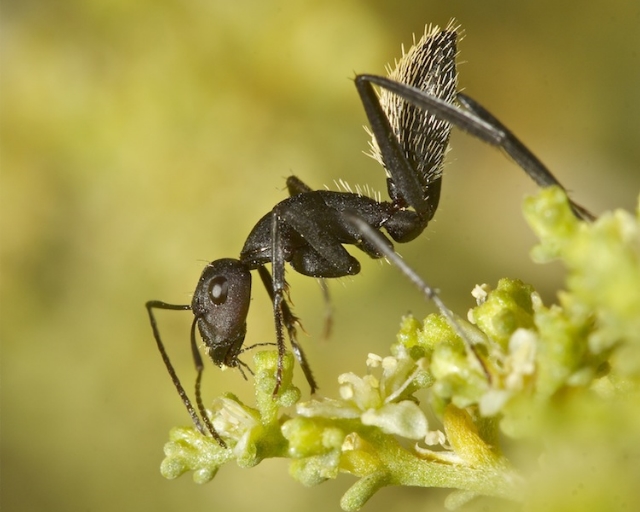
© ExFmem
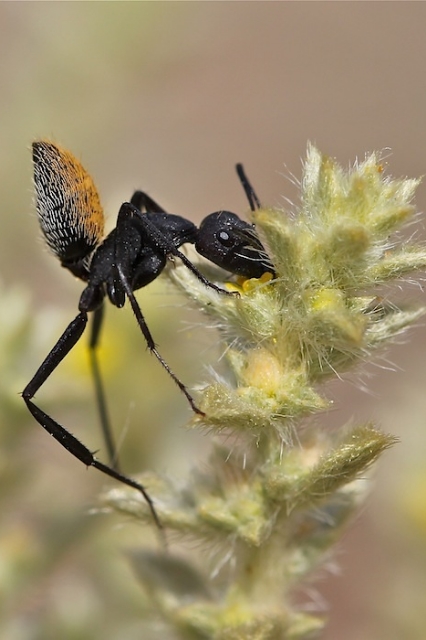
© ExFmem
Kgalagadi Transfrontier Park
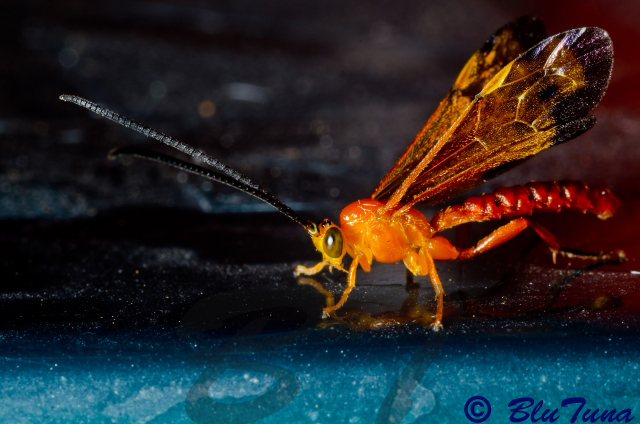 © BluTuna
© BluTuna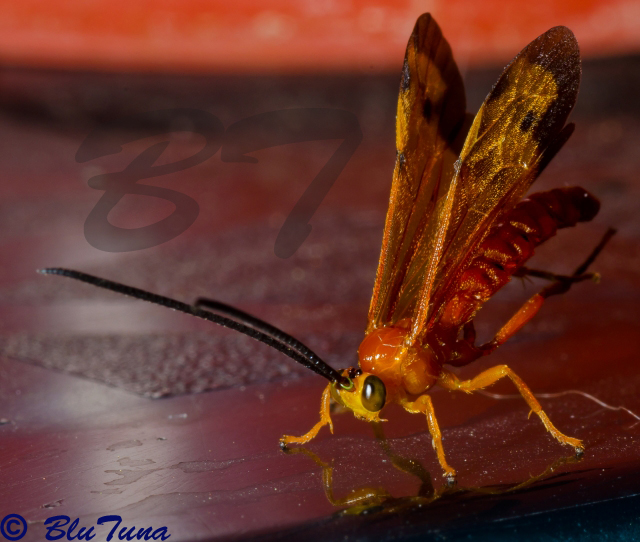 © BluTuna
© BluTuna


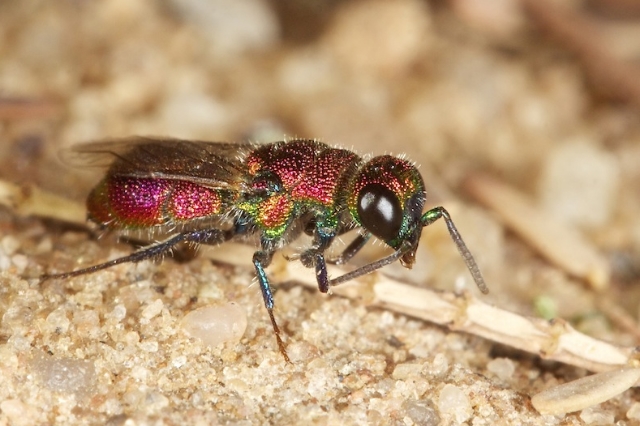 © ExFmem
© ExFmem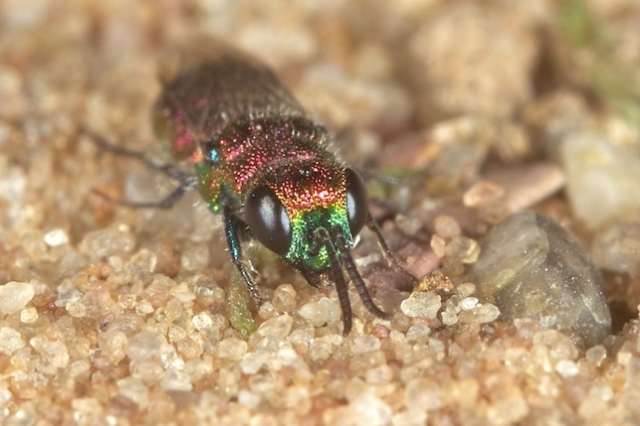 © ExFmem
© ExFmem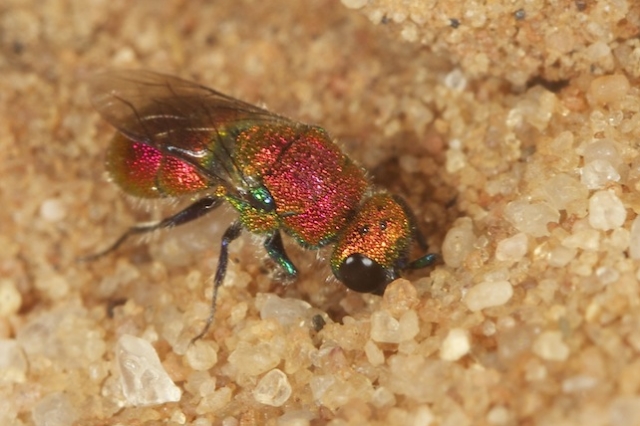 © ExFmem
© ExFmem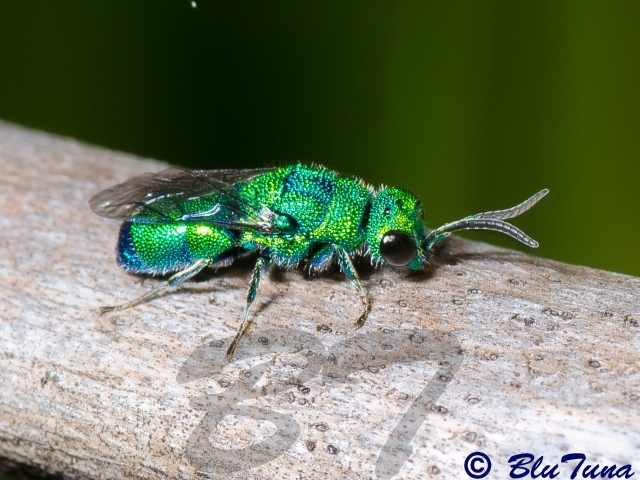 © BluTuna
© BluTuna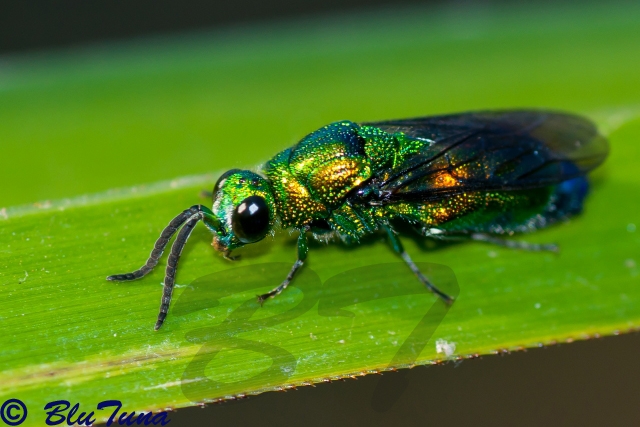 © BluTuna
© BluTuna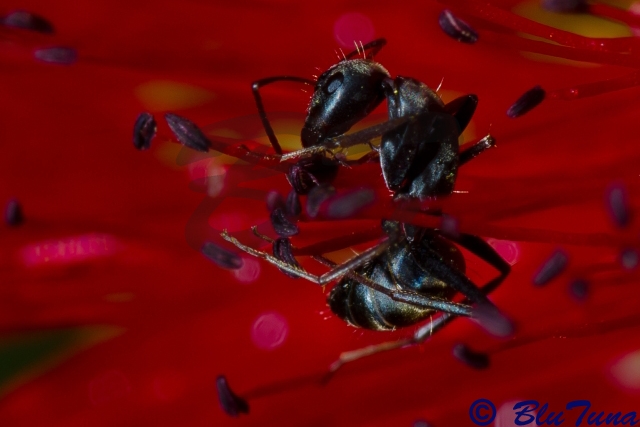 © BluTuna
© BluTuna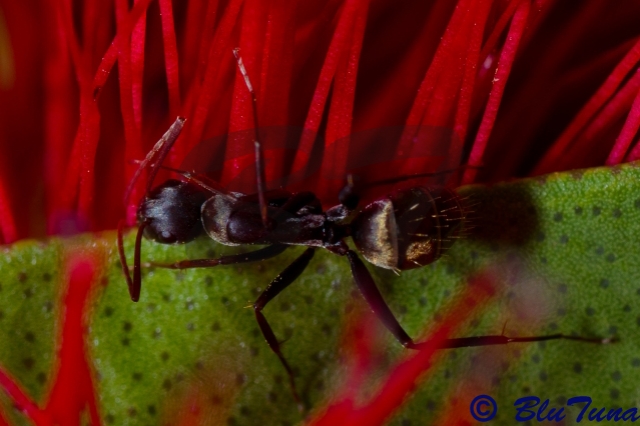 © BluTuna
© BluTuna © ExFmem
© ExFmem © ExFmem
© ExFmem © ExFmem
© ExFmem © ExFmem
© ExFmem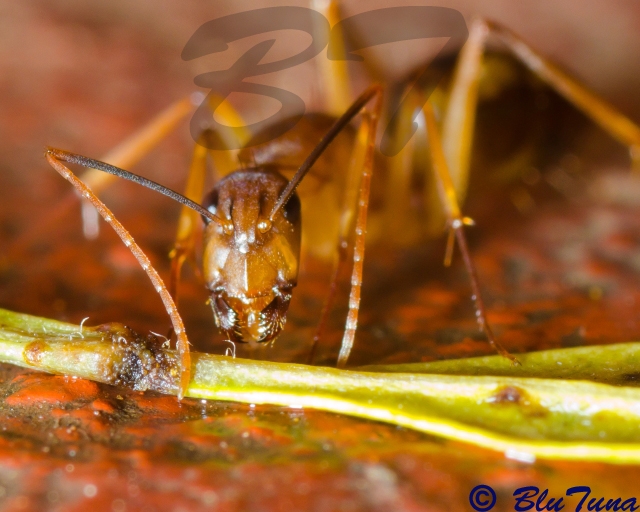 © BluTuna
© BluTuna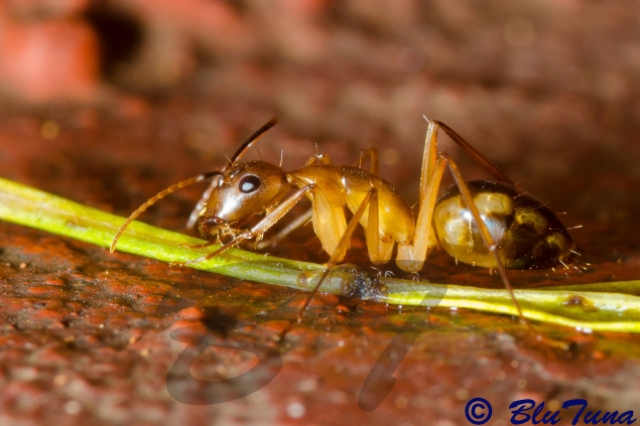 © BluTuna
© BluTuna